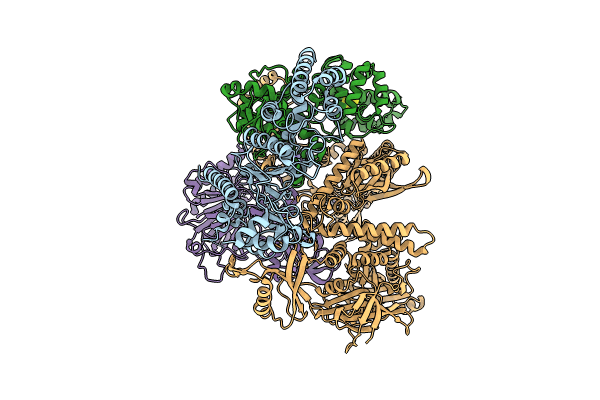
Deposition Date
2024-06-13
Release Date
2024-09-04
Last Version Date
2024-12-18
Method Details:
Experimental Method:
Resolution:
3.39 Å
Aggregation State:
PARTICLE
Reconstruction Method:
SINGLE PARTICLE


